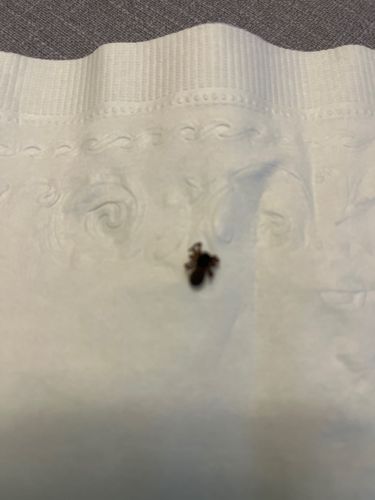Jumping spider
Scientific Name: Salticidae (Family)
Order & Family: Araneae (Order), Salticidae (Family)
Size: Typically 1-25 mm (0.04-1 inch) in body length, depending on the species.

Natural Habitat
Widely distributed; found in diverse habitats including forests, grasslands, deserts, and human dwellings. Often seen on walls, fences, plants, and other surfaces where they can actively hunt.
Diet & Feeding
Carnivorous. Primarily preys on other small insects and arthropods, using their excellent vision and jumping ability to ambush prey. They do not build webs to catch prey but might use silk for safety lines or shelter.
Behavior Patterns
Known for their excellent vision, especially their large, forward-facing principal eyes which provide high-resolution vision. They are active hunters, stalk their prey, and then leap on them. Many species are diurnal and are often seen during the day. They display complex courtship rituals involving dances and displays.
Risks & Benefits
Potential risks: Generally not considered dangerous to humans. Their bites are rare and usually cause only mild, localized pain, similar to a bee sting, if they occur. They are not aggressive and will typically flee rather than bite. Potential benefits: They are beneficial predators in ecosystems, helping to control populations of various insect pests in gardens and homes. They are fascinating subjects for behavioral studies due to their complex vision and hunting strategies.
Identified on: 9/11/2025